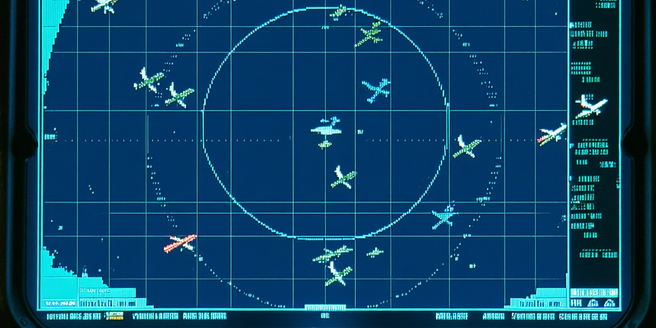
Understanding Radar Technology in Aviation
Radar technology serves as a critical tool in aviation by providing real-time data on the location and movement of aircraft. Understanding its components and how they work together is key to appreciating its role in aviation. The system uses radio waves to determine the distance, angle, and velocity of objects, allowing aircraft to be accurately tracked in almost all weather conditions. New technological advancements have made radar systems more precise, enabling pilots to navigate safely through congested airspace and avoid potential hazards. As radar technology continues to evolve, its ability to enhance situational awareness and improve efficiency within air traffic management systems is becoming increasingly essential, making it a cornerstone of modern aviation safety.
The Significance of Radar in Weather Detection
Radar is instrumental in the detection and analysis of weather phenomena, particularly in observing precipitation patterns and storm systems. It provides meteorologists with critical data on rainfall intensity, storm rotation, and other severe weather conditions that can impact aviation. With advancements in radar technology, the accuracy of these observations continues to improve. By analyzing radar data, forecasters can issue timely warnings and advisories, helping pilots avoid encounters with hazardous weather. This capability enhances decision-making processes both on the ground and in the air, reducing weather-related disruptions and improving overall flight safety. Consequently, radar serves as a vital component in the management of weather-related risks in aviation, safeguarding passengers and aircraft alike from the unpredictability of nature.
How Radar Enhances Flight Safety
Radar significantly enhances flight safety by enabling the real-time monitoring and tracking of aircraft. Its ability to provide accurate data on an aircraft’s position and velocity ensures that pilots and air traffic controllers can maintain safe distances between planes, especially in congested skies. Additionally, radar systems can detect potential hazards like turbulence and wind shear, giving pilots crucial information to adjust their flight paths proactively. This technology is continually evolving to meet the growing demands of modern aviation. This real-time awareness helps prevent mid-air collisions and enhances overall aviation safety. As technology advances, radar systems are becoming more sophisticated, offering greater precision and reliability, and continuing to play a vital role in ensuring the safety of millions of flights each year.
Advancements in Radar Systems for Meteorology
Advancements in radar systems have significantly improved meteorological observations and forecasts. Modern radar technologies, such as dual-polarization, offer enhanced data quality, allowing meteorologists to more accurately measure and analyze weather conditions. These advancements enable the detection of specific precipitation types, assess storm structure, and predict severe weather events with greater accuracy. Innovations in radar also include increased range, resolution, and data processing capabilities, further enhancing meteorological insights. Additionally, these systems are being integrated with artificial intelligence to interpret complex weather patterns more efficiently. As climate change presents new challenges, these technological improvements are crucial for developing adaptive strategies in weather prediction and risk management. The ongoing evolution of radar systems ensures that meteorological services remain at the forefront of protecting aviation from weather-related threats.
The Future of Radar in Aviation Meteorology
The future of radar in aviation meteorology lies in further integrating technological advancements to enhance system capabilities and efficiency. Emerging technologies, such as phased array and 3D radar, promise to deliver even greater accuracy and faster data processing. These innovations are set to revolutionize weather monitoring and forecasting by providing real-time, three-dimensional data about atmospheric conditions. Enhanced radar systems will support improved predictive models, allowing for more accurate weather forecasts and warnings. As aviation continues to grow globally, the role of radar in ensuring the safety and efficiency of air travel will become even more critical. Collaborative efforts among industry stakeholders will be essential in advancing radar technologies to meet the future demands of aviation meteorology.
